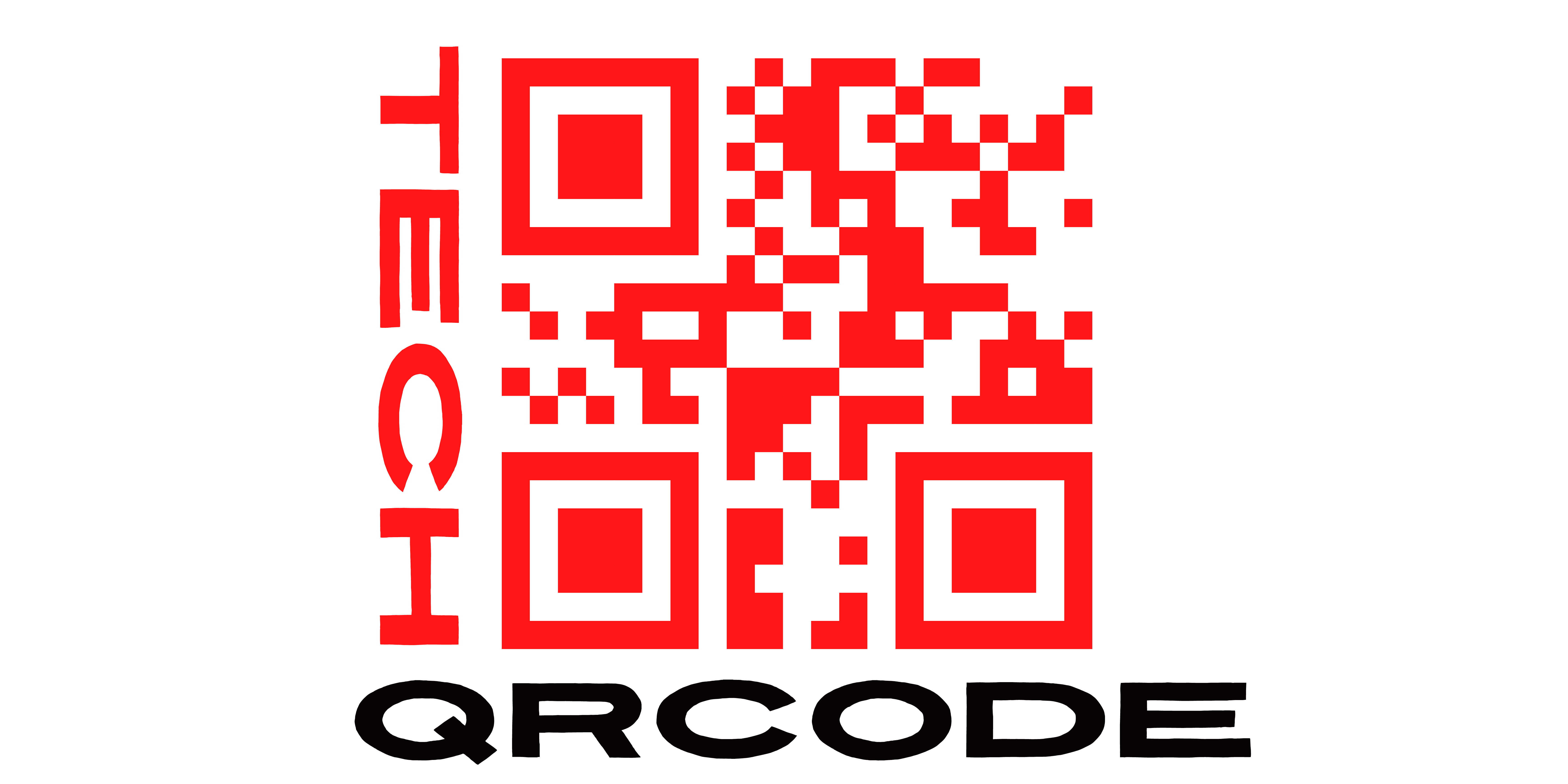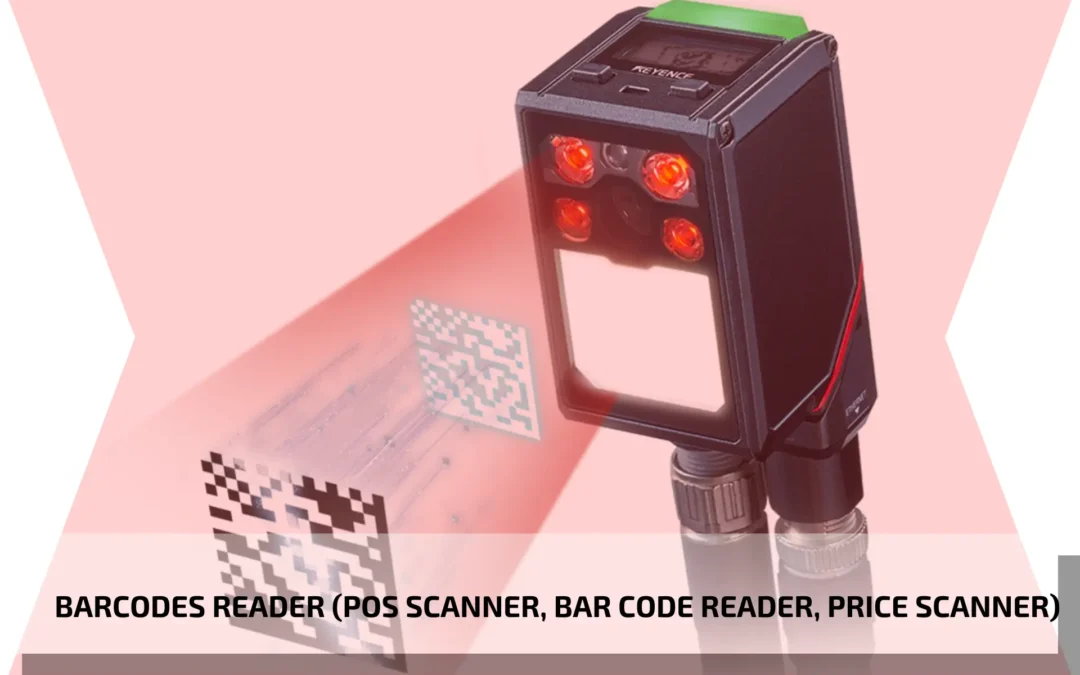A barcode reader is a hand-held or fixed input device used to capture and read information contained in a bar code. It is also known as a price scanner or point-of-sale (POS) scanner. A barcode reader is made up of a scanner, an external or built-in decoder, and a wire that connects it to a computer. The data must be transferred to a computer so that a software application can make sense of it because a barcode reader only captures and converts a barcode into numbers and/or letters. A computer’s keyboard port, serial port, or wedge interface device can all be used to connect barcode scanners. When using a barcode scanner, a light beam is passed across the barcode, and the amount of light reflected back is then measured. (The white spaces between the dark bars of a barcode reflect more light.) Light energy is transformed into electrical energy by the scanner, which is then translate into data by the decoder and sent to a computer.
Pen wands, slot scammers, Charge-Couple Device (CCD) scanners, image scanners, and laser scanners are the five main categories of barcode readers.
- The simplest barcode reader is a pen wand. It is renowned for its dependability and affordability and has no moving parts. However, a pen wand. It is renowned for its dependability and affordability and has no moving parts. However, a pen wand can be difficult for the user to operate because it needs to be held at a specific angle, in direct contact with the bar code, and moved over the bar code quickly.
- The item with the bar code is manually inserted into the slot while a slot scanner stays still. Usually, identification cards’ barcode reader are scanned using slot scanners.
- A CCD scanner, which is frequently used in retail sales, has a better read-range than a pen wand. A CCD scanner must typically be held no closer than one inch from the bar code and have a “gun” type interface. To lessen the chance of errors, multiple readings are obtained each time the bar code is scanned. The CCD scanner’s inability to read bar codes wider than its input face is a drawback.
- An image scanner, also known as a cameras reader, takes a picture of the bar code with a small video camera and then decodes it using sophisticated digital image processing methods. It normally costs less than a laser scanner and can read a bar code from a distance of 3 to 9 inches.
- A lager scanner can be stationary or handheld, and it doesn’t need to be close to the bar code to work. It can readily read a bar code up to 24 inches away and uses a system of mirrors and lenses to enable the scanner to read the bar code regardless of orientation. A laser scanning device has a speed limit of 500 scans per second, which helps to minimize the chance of errors. Up to 30 feet away, specialized long-range laser scanners can read a bar code.
If you want to know about us more

